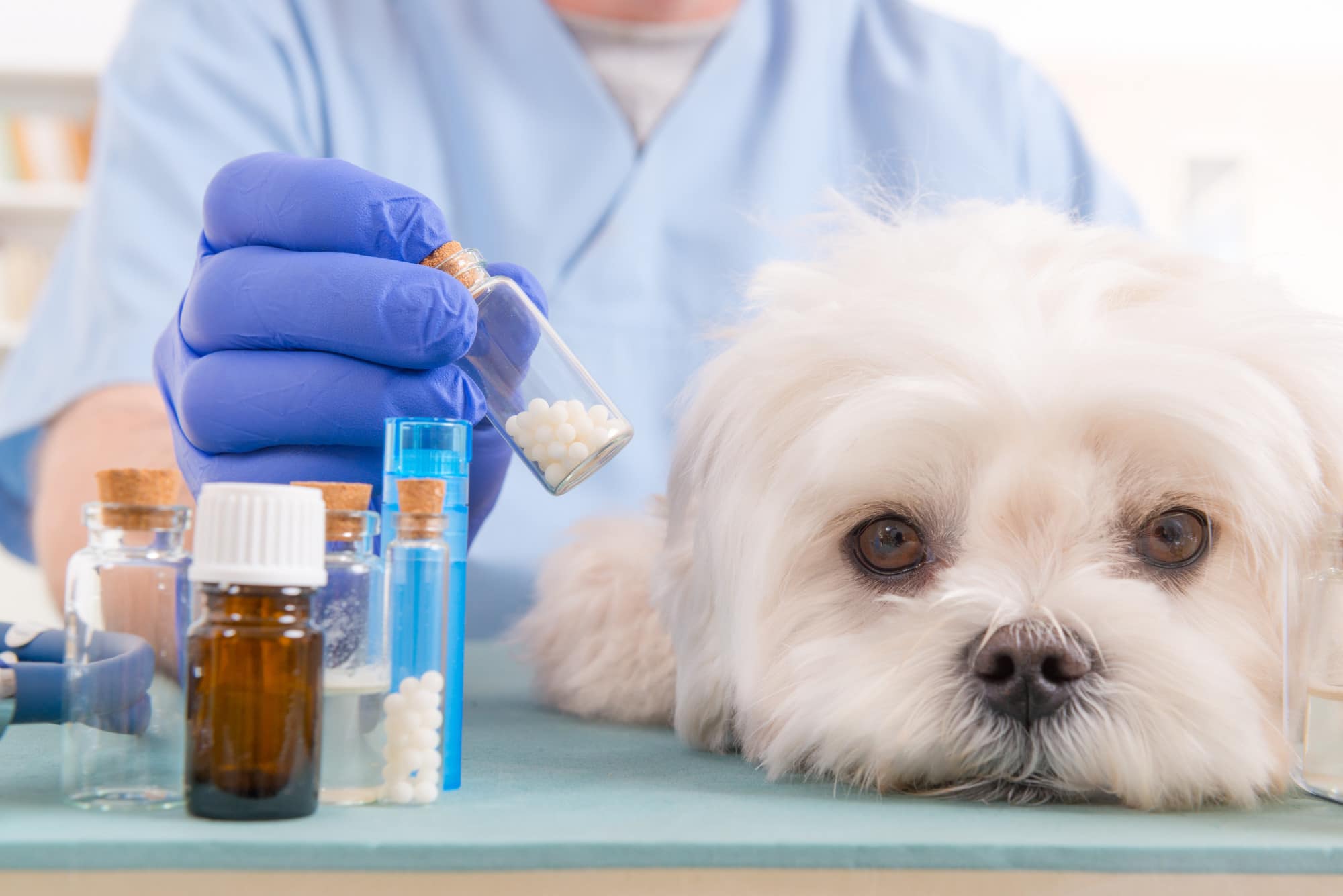Differences in the consumption of animal products are much greater than in total food availability, particularly between regions. It is unique and special and has a more human and personal touch than mass produced products.

A Rising Demand for Livestock Products Will Lead To a
With print on demand pet products we have 2 important factors in our favour:

Demand for animal products. The four primary wildlife products that are currently in high demand are elephant ivory, rhino horn, pangolin and tiger products. The livestock animals segment accounted for usd 52.7 billion in 2020 impelled by the rise in the number of livestock animals around the world. The demand for nondiscretionary and discretionary cat food products is increasing as well as cat ownership adapted from a press release:
Lectures will be delivered by several experts from the university of pennsylvania, school of veterinary medicine who are intimately involved in the study and advancement of animal production systems. Agricultural cash receipts, often exceeding $100 billion per year. The course is geared towards learners who seek a greater understanding of animal food systems as well as those who might have never visited an animal farm, but have a.
The industrialization of the livestock. Illegal wildlife trafficking is directly responsible for the decline in wildlife populations. Poultry and egg production is expected to expand in the coming years to meet higher domestic and foreign demand.
True for most livestock products (except dairy products and animal fats and oils), feed grains and haj^, vegetables for fresh use, and some fruits. The major driving forces behind the animal feed and feed additives market is the worldwide increase, in the consumption of meat. With print on demand, you biggest “edge” is your design(s).
Dairy national animal health monitoring system; The principal markets for these products are in china, thailand, and vietnam. By contrast, demand for animal products in the industrial world has been growing at low rates, and livestock production in this group of countries is expected to grow only slowly over the projection period (see table 5.1).
By 2050 the global demand for animal products is projected to increase by 60% to 70%, and developing countries will have a lion's share in this increase. Up from $95.7 billion in 2020. The growth in demand for livestock products suggests that there will be a consequent rise in demand for animal feed, not only of cereals but of other feeds and particularly proteins.
High demand for pet products, grooming & boarding services and global rise in the adoption of pets are some of the major factors estimated to drive the market. Selling something that can not be found in stores or in amazon is a huge advantage. Demand for farm products from a modern economic and statistical point of view.
Animal products animal policy & regulatory issues livestock and poultry account for over half of u.s. As per future market insights (fmi), the global market for cat food is anticipated to surpass a valuation of us$65.2 billion by 2031 in comparison to the valuation of us$40.78 billion registered in 2021, expanding at a cagr of. The drive to produce soy, to respond to the increased demand for animal protein, is associated with deforestation, and habitat loss, in south america in particular.
This stimulated the demand for pet services and products and encouraged significant growth in the pet care market. There has been a considerable demand for animal health products in asian countries, and the animal health market is predicted to grow at 5.2% during the forecast period. An estimated 6.1% compounded annual growth rate (cagr), will catapult that figure to $350 billion by 2027.
Data via global market insights (2021) in the us, the pet industry is currently worth $99.0 billion; Globally, the pet care market has grown from $216 billion in 2020 to $232 billion in 2021. The growing interest in pet humanization, coupled with a rise in demand for premiumization in pet care products, is one of the factors.
This is attributable to the growing adoption of domestic companion animals in these countries, and the consequent rise in demand for pet grooming products. For commodities having two or more major end uses It is designed to aid extension workers, research.
The total demand for animal products in developing countries is expected to more than double by 2030. The global pet care market size was estimated at usd 131.70 billion in 2016 and is expected to grow at a cagr of 4.9% over the forecast period. North america dominated the pet grooming products market with a share of 51.2% in 2019.
An increase in demand for animal health products showcases growth trends for the veterinary care market. Data on feed production and consumption are much harder to assemble, and fao does not have comprehensive information about these important commodities. Other driving factors that fuel the growth of the animal feed and feed additives market is the increasing demand for low price meat, accompanied with high nutritional value.

Demand Functions for Animal Products by Urban Residents in

Early Warning Trends in Animal Product Consumption

Meeting the rising demand for Animal Source Foods

Feed conversion ratios and animal food product water

Veterinary Care Market Rising Demand for Pet Insurance

Estimates of Elasticities of Demand for Animal

Ebos profit hits a new record on demand for healthcare

Early Warning Trends in Animal Product Consumption

VUSTA approved the project on raising public awareness and

Plantbased, animal protein demand shows no sign of

Get Rid of Another Covid; Shape Policy Reducing Demand For

10 PrintOnDemand Companies for Selling Your Own Custom

Estimates of Elasticities of Demand for Animal

The Rising Demand for Meat Infographic Agriculture facts
fastmrnewsasia Animal Feed Probiotics Market Size, Share
Clipart Panda Free Clipart Images

Veterinary Care Market Increase In Demand For Animal

Animal Products Market Size, Demand, Region, Cost

